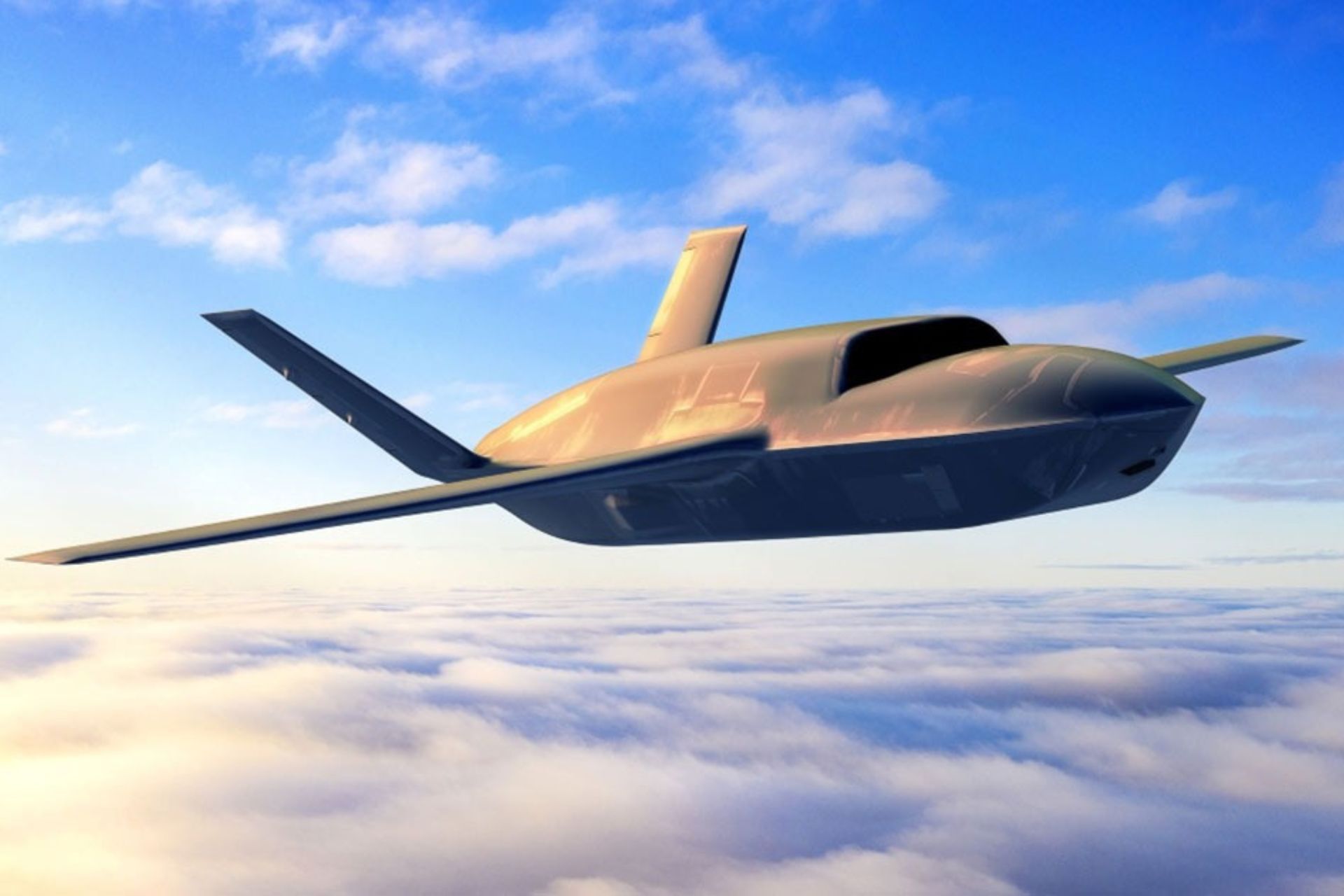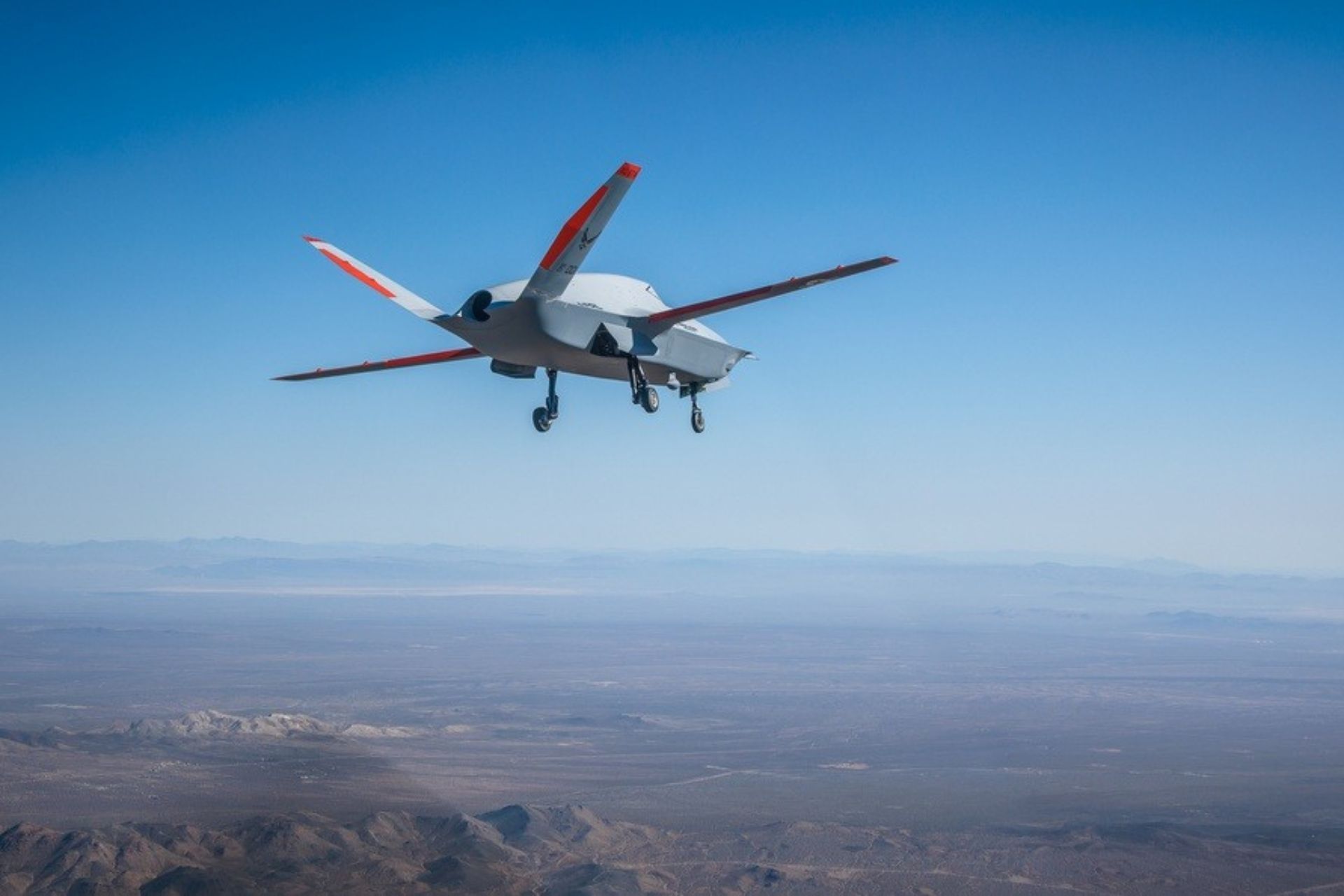Breaking News
Renewing Air Superiority: US Adopts Collaborative Combat Aircraft.
The U.S. Air Force is transforming its strategy to maintain air superiority by incorporating Collaborative Combat Aircraft (CCA), a significant departure from traditional methods of expanding its combat fleet. This strategic shift addresses the increased capabilities of adversaries and logistical constraints on expanding the number of pilots and aircraft in the traditional manner. Follow Army Recognition on Google News at this link

These large, unmanned jet-powered aircraft are designed to operate autonomously under human pilot supervision, working alongside manned fighters to scout, strategize, and absorb risks in combat scenarios (Picture source: GA-ASI)
Traditionally, the U.S. maintained air dominance with superior numbers of advanced jets and highly trained pilots. However, facing enhanced aerial capabilities from current adversaries, the old tactics are no longer feasible due to budget, training time, and aircraft production constraints.
To meet these challenges, the Pentagon is focusing on enhancing each pilot's effectiveness by equipping them with CCAs. These large, unmanned jet-powered aircraft are designed to operate autonomously under human pilot supervision, working alongside manned fighters to scout, strategize, and absorb risks in combat scenarios. This approach allows the U.S. to rapidly increase aircraft numbers without extensive pilot training, reducing the risk to human life and the potential for prisoners of war.
General Atomics Aeronautical Systems, Inc. (GA-ASI), known for its extensive experience in unmanned aviation with models like Predator and Reaper, is leading the development of CCA. GA-ASI's expertise in autonomy and aircraft integration is crucial for the next generation of combat aircraft, where autonomous operations and machine learning are key.
On April 24, 2024, GA-ASI received a contract from the U.S. Air Force Life Cycle Management Center (AFLCMC) to develop production representative flight test articles of the CCA following a successful preliminary design review. This marks the continuation of the CCA program, which aims to create a low-cost, modular unmanned aircraft capable of teaming with manned combat aircraft. The program also includes further autonomy and mission system tests on the MQ-20 Avenger and XQ-67A to enhance operational autonomy for the U.S. Air Force's Autonomous Collaborative Platforms.
The U.S. government must now decide which models to prioritize for rapid development and deployment, ensuring these new platforms remain cost-effective and practical, avoiding overly elaborate specifications that could hinder widespread deployment. The goal is to produce a robust and capable CCA that complements current military capabilities without unnecessary enhancements that could inflate costs and complicate maintenance.
As the project progresses, it will be crucial for the Pentagon and Congress to effectively manage the program's scope and costs to ensure the CCA not only meets current needs but also provides a scalable and adaptable solution to future challenges. This approach will help maintain the U.S. advantage in air combat without reverting to unsustainable past practices.

Air Force Research Laboratory’s XQ-67A Off Board Sensing Station designed and built by General Atomics, took its maiden flight Feb. 28 from Gray Butte Field Airport, Palmdale, California (Picture source: US DoD)


























